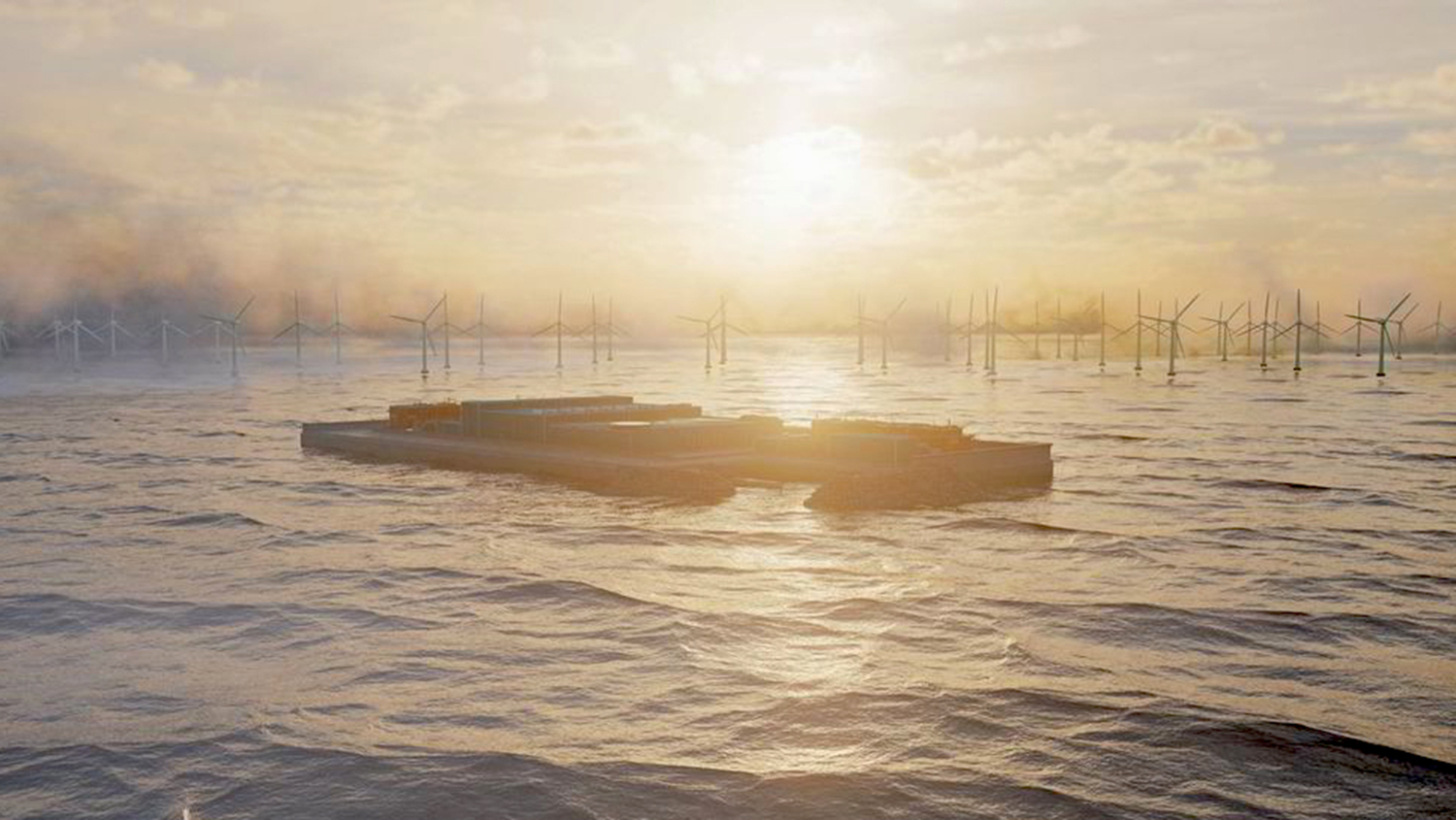
EDF Renewables has formed a partnership with Belgian utility Luminus and marine and wind specialist Jan De Nul to bid for the wind power element of Belgium’s first offshore ‘energy island’.
When complete in 2026 it will channel electricity generated by some 3.5GW of future offshore turbines to the Belgian mainland grid.
Belgian energy company Elia Group is developing the island, called Princess Elisabeth Island. Its construction team will install a perimeter of concrete caissons and fill the space inside the perimeter with sand.
Located about 45km off the coast, it will be about 6ha in size, equivalent to 12 football pitches. As well as electrical infrastructure and transmission lines, it will have a small harbour and a helicopter pad to allow maintenance crews to access the island.
See how the energy island will work
Frédéric Belloy, a vice-president of EDF Renewables, said his company was “very committed to offer a competitive bid” on the scheme.
The island itself will be designed and constructed by TM Edison, a joint venture between Jan De Nul and fellow Belgian company Deme, which specialises in land reclamation. Elia selected the team at the end of last month.
Edison has in turn awarded a tender to Norwegian company Boa to install the 23 concrete caissons that will form the island’s perimeter.
According to Jan de Nul, the construction of the foundations will begin early next year and will last for two-and-a-half years. After that, the installation of the island’s high-voltage transmission cables can begin.
Julie De Nul, a director of Jan De Nul Group, commented: “Belgium is a front-runner in the field of offshore wind energy. We are making this clear once again by constructing this energy island.”
Denmark is also planning an artificial energy island in its part of the North Sea by 2030, and intends to turn the Baltic Sea island of Bornholm into an energy hub. Both will link to several gigawatts of offshore wind.










